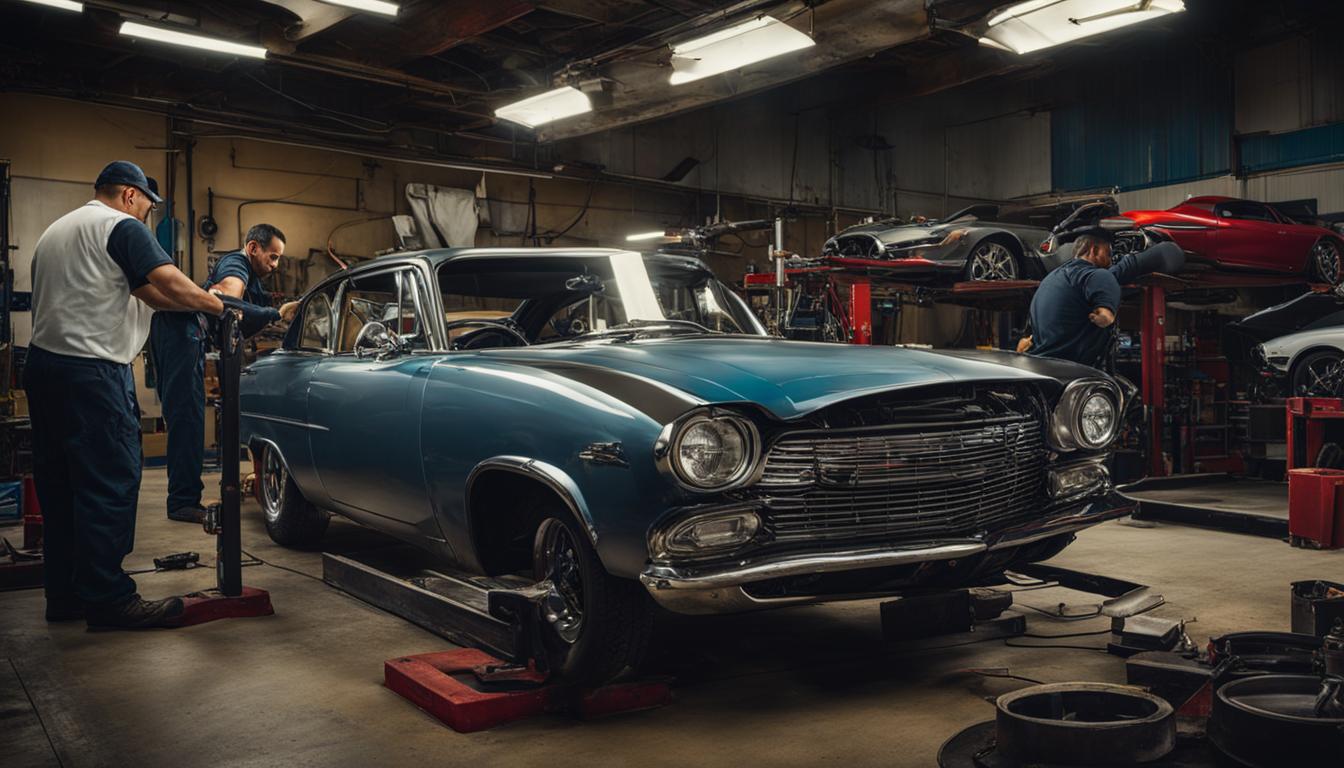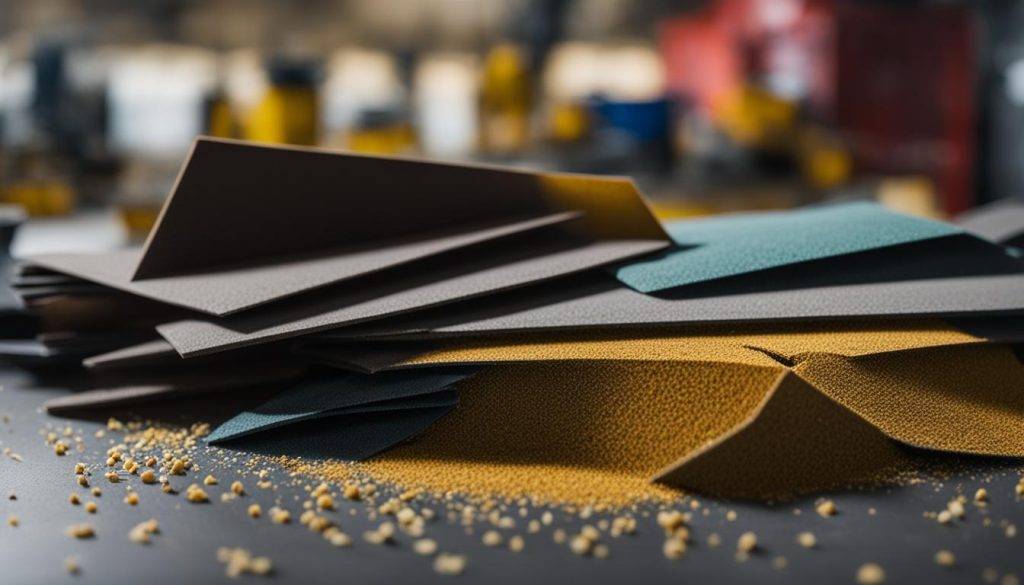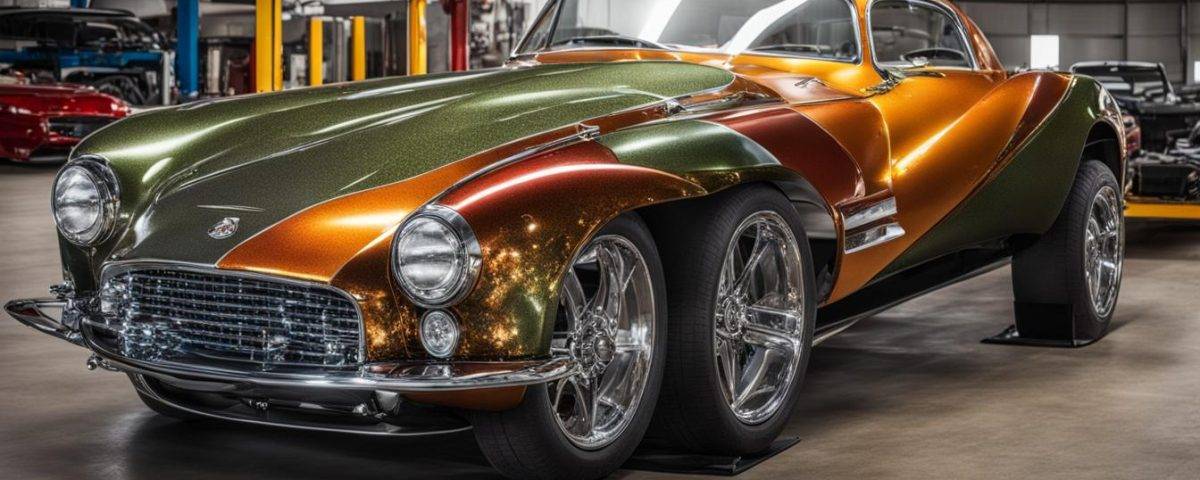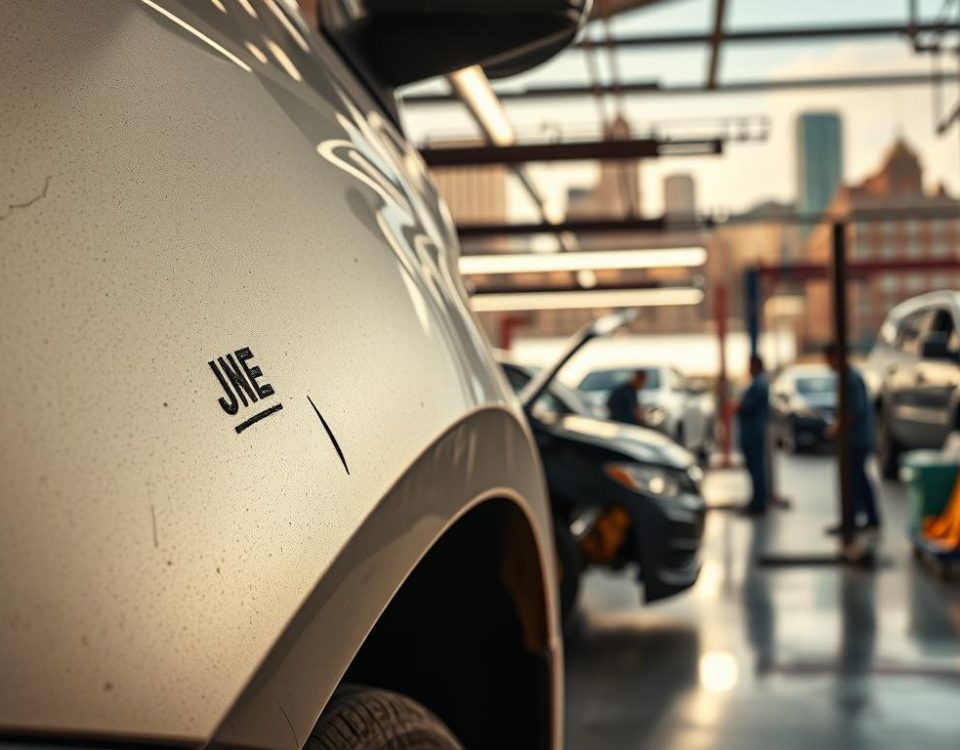
Straightening Things Out: The Art of Frame Straightening

Green Choices: The Rise of Eco-Friendly Auto Repairs
When it comes to auto body repair, the choice of materials plays a crucial role in ensuring the quality of the repairs. Advanced auto materials are constantly being introduced to the market, making it essential for body shops to stay up to date with the latest innovations. These materials, such as plastic, glass, adhesives, fasteners, carbon fiber, steel, aluminum, and magnesium, present unique challenges and require specialized knowledge and skills for safe and accurate repairs. Miracle Body & Paint, with two locations in North East San Antonio 78218 in Windcrest and North West San Antonio 78238 in Leon Valley, is a trusted collision center that understands the importance of using the right materials for each repair.
Key Takeaways:
- The choice of materials is crucial in auto body repair to ensure quality repairs.
- Advanced auto materials are constantly being introduced, necessitating staying up to date with the latest innovations.
- Plastic, glass, adhesives, fasteners, carbon fiber, steel, aluminum, and magnesium are some of the materials commonly used in auto body repair.
- Using the right materials requires specialized knowledge and skills.
- Miracle Body & Paint is a trusted collision center that understands the importance of using the right materials for each repair.
Common Materials in Auto Body Repair
When it comes to auto body repair, a variety of materials are used to ensure the quality and safety of repairs. From plastic materials to glass, adhesives to fasteners, each material plays a crucial role in restoring damaged vehicles. Let’s take a closer look at some of the common materials used in auto body repair.
Plastic Materials
Plastic materials are widely used in auto body repairs due to their affordability and lightweight properties. They can be found in components such as door handles, dashboards, accessories, and air vents. Plastic materials not only help in restoring the aesthetic appeal of the vehicle but also provide durability and resistance to wear and tear.
Glass
Glass is another essential material in auto body repair, particularly when it comes to repairing windshields, mirrors, cameras, and infotainment systems. Advancements in glass technology have introduced the need for repairs and recalibration of Advanced Driver Assistance Systems (ADAS) components, ensuring the safe and accurate functioning of these features.
Adhesives, Fasteners, and More
Modern adhesives are versatile and provide strength and rigidity when bonding different types of materials used in auto body repairs. Auto manufacturers are also developing advanced fasteners, including riveting techniques that join aluminum and steel materials, ensuring strong and durable repairs. Other materials, such as carbon fiber, steel, aluminum, and magnesium, are utilized based on their unique properties and applications in the repair process.
Understanding the properties and applications of these materials is essential for professional auto body repair technicians. By using the right materials and techniques, they can ensure that the repairs not only restore the vehicle’s appearance but also maintain its structural integrity and safety standards.

Choosing the Best Material for an Auto Body Kit
When it comes to selecting the material for an auto body kit, there are several options to consider. The choice of material will impact the performance, durability, and aesthetics of the kit, so it’s important to make an informed decision. Let’s take a closer look at some of the most commonly used materials in auto body kits.
Carbon Fiber:
Carbon fiber is a popular choice due to its lightweight nature and exceptional strength. It offers high stiffness, making it ideal for improving aerodynamics and speed. Additionally, carbon fiber has a sleek and modern look that adds a touch of sophistication to any vehicle. However, it’s important to note that carbon fiber can be more expensive compared to other materials.
Fiberglass:
Fiberglass is another commonly used material in auto body kits. It is lightweight and relatively affordable, making it a popular choice among car enthusiasts. Fiberglass is easy to mold and shape, allowing for customization and creativity. However, it can be prone to cracking and requires careful installation to ensure longevity.
ABS Plastic:
For those looking for greater durability, ABS plastic is a suitable option. It offers excellent strength and resistance to cracking, making it a more durable choice compared to fiberglass. ABS plastic is also relatively lightweight and can be easily painted to match the vehicle’s color. However, it is important to consider its weight and potential impact on the overall vehicle weight if weight reduction is a priority.
Polyurethane:
Polyurethane provides flexibility and resistance to cracking, making it a popular choice for body kits. It is more forgiving when it comes to minor impacts and can help protect the underlying vehicle structure. However, polyurethane is heavier compared to other materials and can be more challenging to paint and match the vehicle’s finish.
Composite Materials:
Composite materials offer a mix of different materials, providing a strong, lightweight, and flexible option for auto body kits. These materials can be a combination of carbon fiber, fiberglass, and other reinforcing agents, offering the best of both worlds in terms of strength and weight reduction. Composite materials are often used in high-performance applications where both performance and aesthetics are important.

When choosing the best material for an auto body kit, factors such as desired weight, insurance considerations, aesthetics, and aerodynamics should be taken into account. Consulting with a professional in the field can help ensure that the material chosen meets the specific needs and requirements of the auto body kit project.
Conclusion
In conclusion, the choice of auto body materials has a significant impact on the quality and safety of repairs. As a trusted collision center, we understand the importance of staying updated with the latest advancements in auto body materials. By using the right materials, we ensure that repairs are performed accurately and safely, resulting in high-quality outcomes.
When it comes to auto body kits, selecting the appropriate material is crucial. Factors such as weight, insurance considerations, aesthetics, and aerodynamics should be taken into account. We recommend consulting with a professional to make an informed decision about the material for your auto body kit.
At Miracle Body & Paint, we have the expertise and access to OEM collision repair solutions, allowing us to handle a wide range of auto body materials. Our commitment to using the right materials and staying updated with industry innovations ensures that your repairs are of the highest standard.
Choosing the right materials is essential for successful auto body repairs. By partnering with a professional collision center like Miracle Body & Paint, you can have peace of mind knowing that the correct materials will be used, resulting in exceptional repairs.
FAQ
What role do materials play in auto body repair?
The choice of materials is crucial in ensuring the quality of repairs in auto body shops. Different materials present unique challenges and require specialized knowledge and skills for safe and accurate repairs.
What are some common materials used in auto body repairs?
Common materials in auto body repairs include plastic, glass, adhesives, fasteners, carbon fiber, steel, aluminum, and magnesium.
Why are plastics widely used in auto body repairs?
Plastics are affordable and lightweight, making them ideal for components such as door handles, dashboards, accessories, and air vents.
What role does glass play in auto body repairs?
Glass is crucial for repairing windshields, mirrors, cameras, and infotainment systems. Advancements in glass technology have introduced the need for repairs and recalibration of ADAS components.
How do adhesives contribute to auto body repairs?
Modern adhesives are versatile and provide strength and rigidity when bonding different types of materials used in auto body shops.
What are some advancements in fasteners used in auto body repairs?
Auto manufacturers are developing advanced fasteners, including riveting techniques that join aluminum and steel materials.
Why is carbon fiber gaining popularity in auto body repairs?
Carbon fiber and other composites are lightweight and durable alternatives for body panels and parts.
What are the characteristics of steel and aluminum used in auto body repairs?
Steel offers strength and cost-effectiveness, while aluminum provides weight reduction and rust resistance.
What makes magnesium a desirable material in auto body repairs?
Magnesium is a strong and easily workable alternative to carbon fiber, aluminum, and steel.
How should I choose the material for an auto body kit?
The choice of material for an auto body kit should be based on factors such as desired weight, insurance considerations, aesthetics, and aerodynamics.
What are some options for auto body kit materials?
Options include carbon fiber for lightweight and strength, fiberglass for easy painting (though prone to cracking), ABS plastic for durability, polyurethane for flexibility, and composites for a mix of materials.
Why is choosing the right material in auto body repair important?
Choosing the right materials is crucial for ensuring the quality and safety of repairs. Access to up-to-date OEM collision repair solutions is essential for handling the wide range of materials encountered in auto body repairs.



